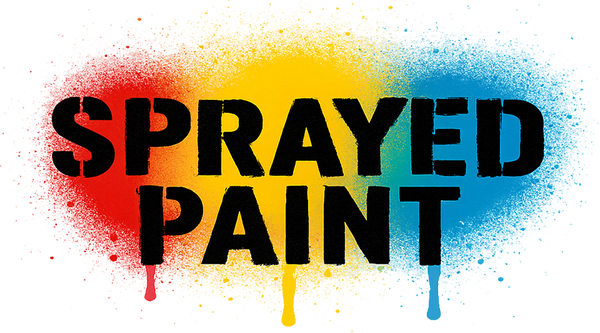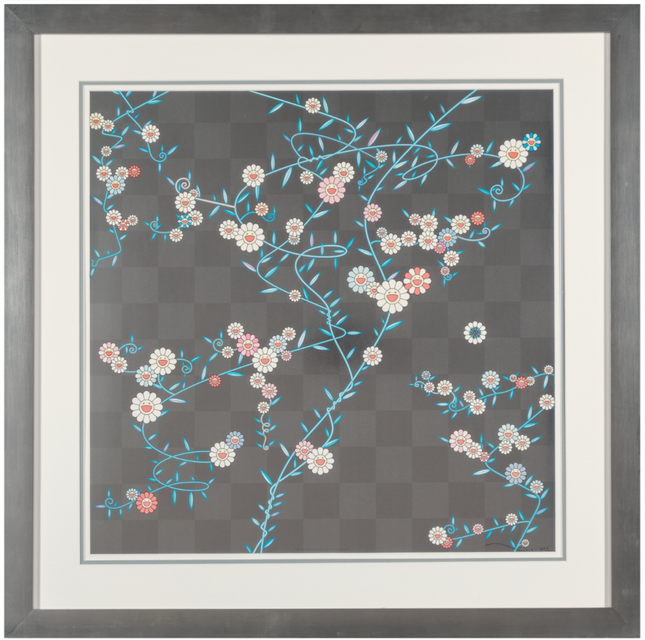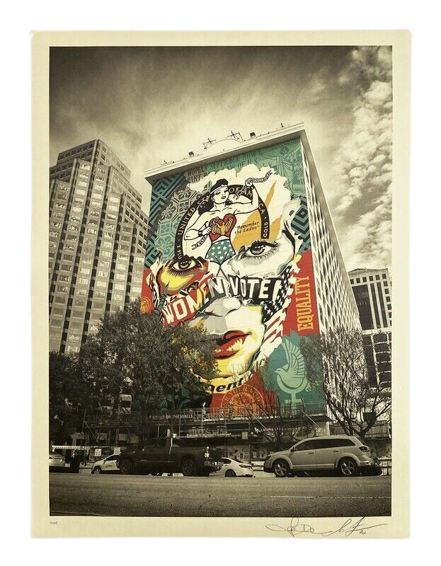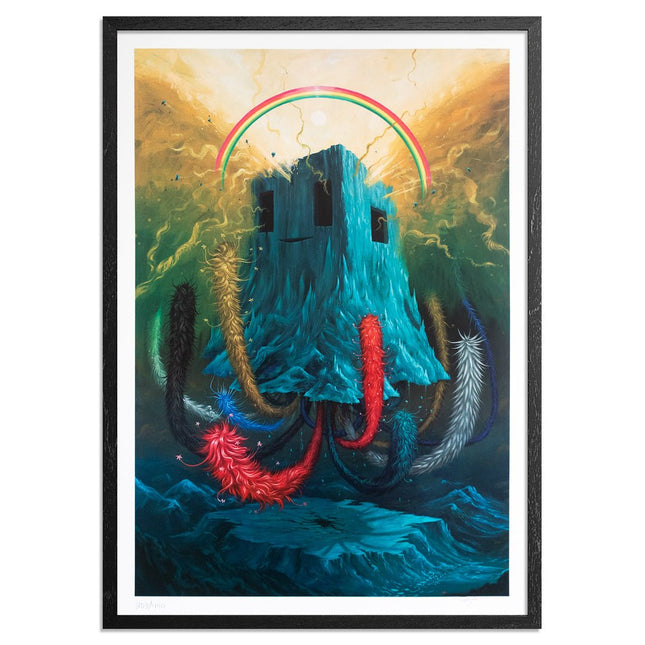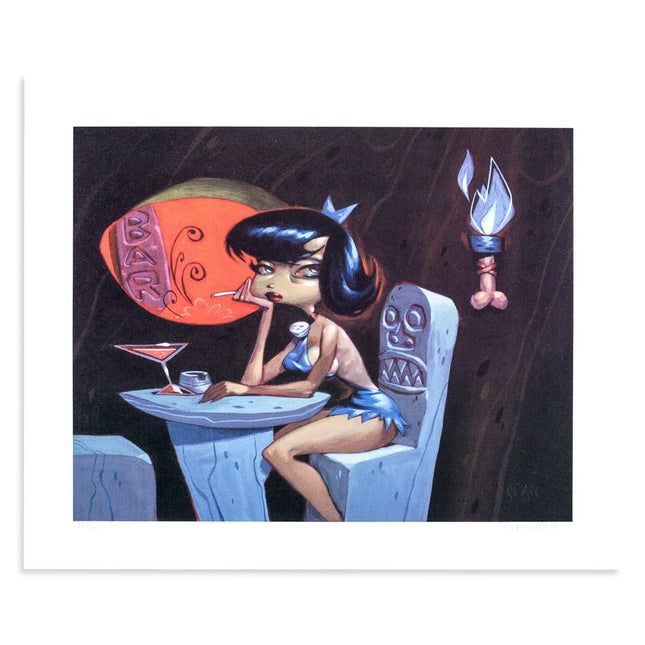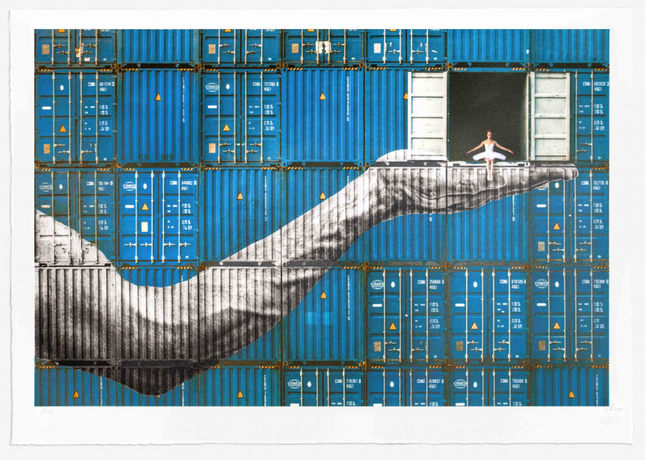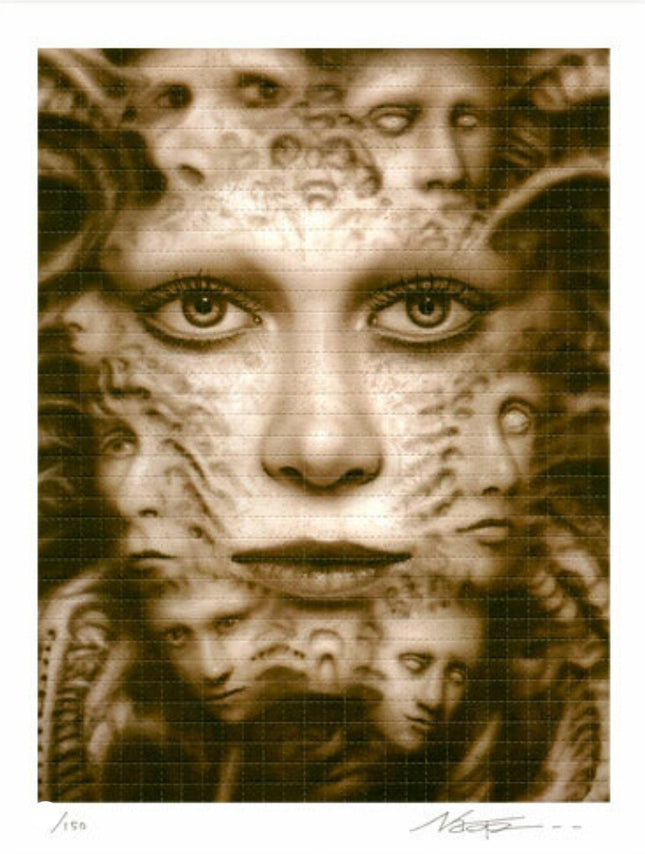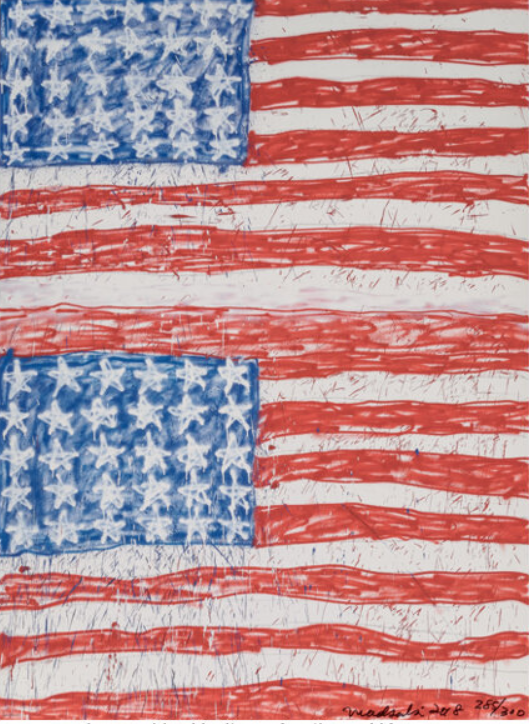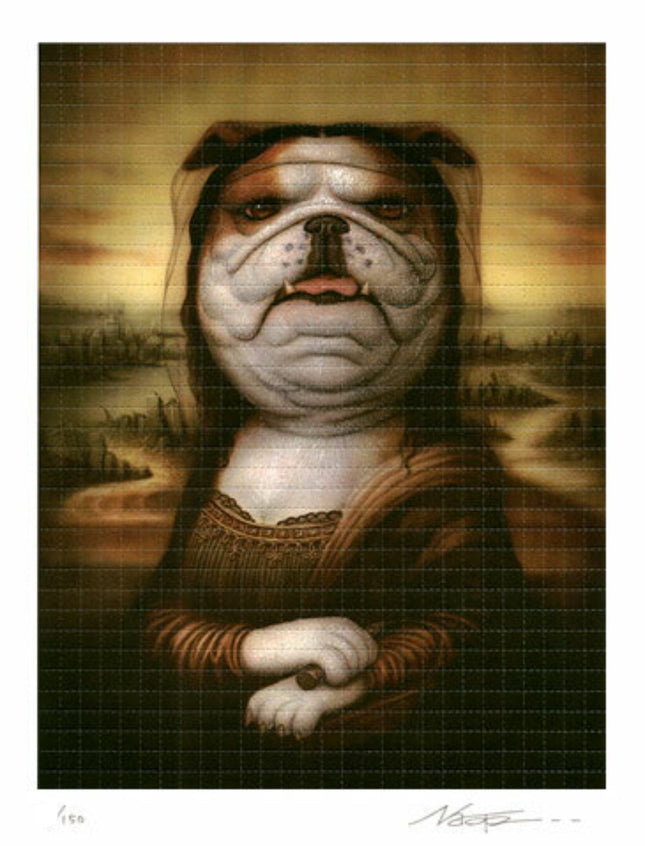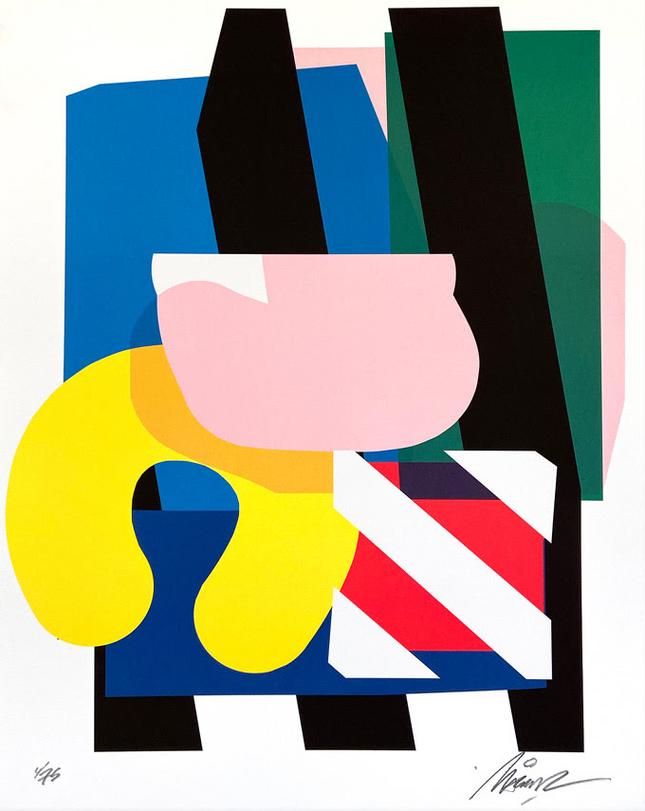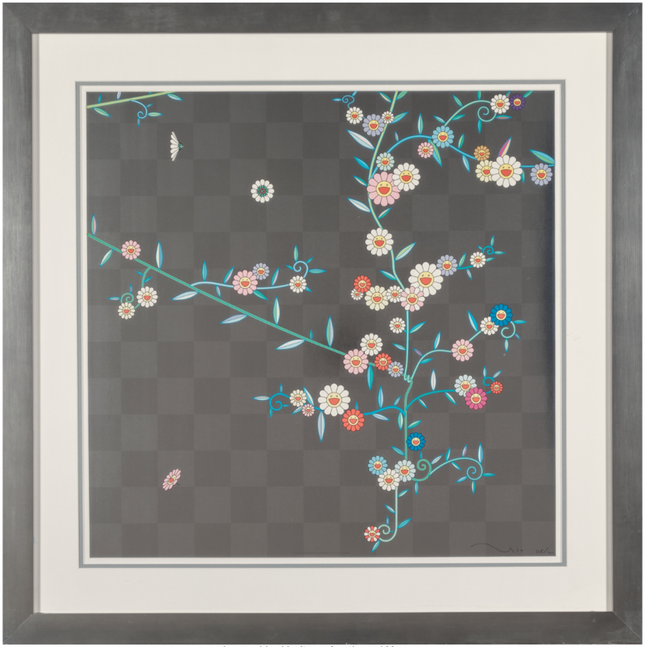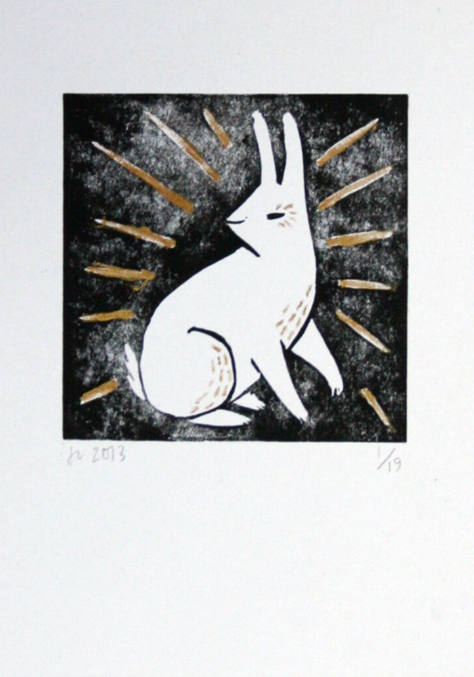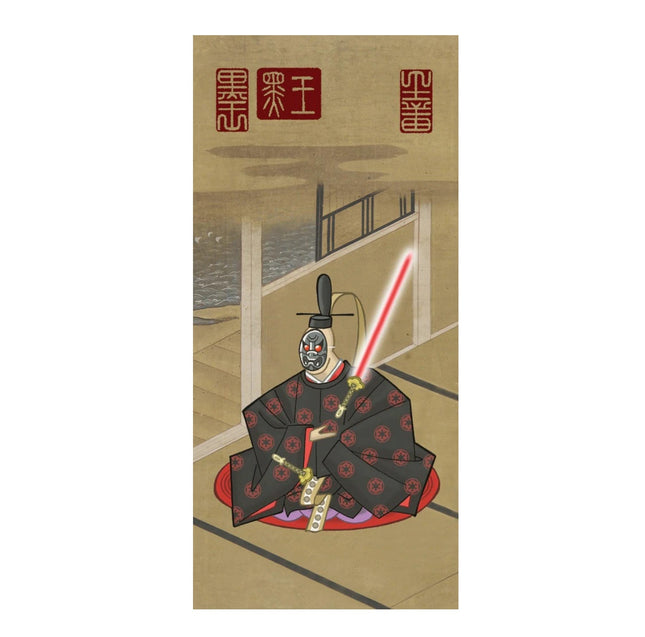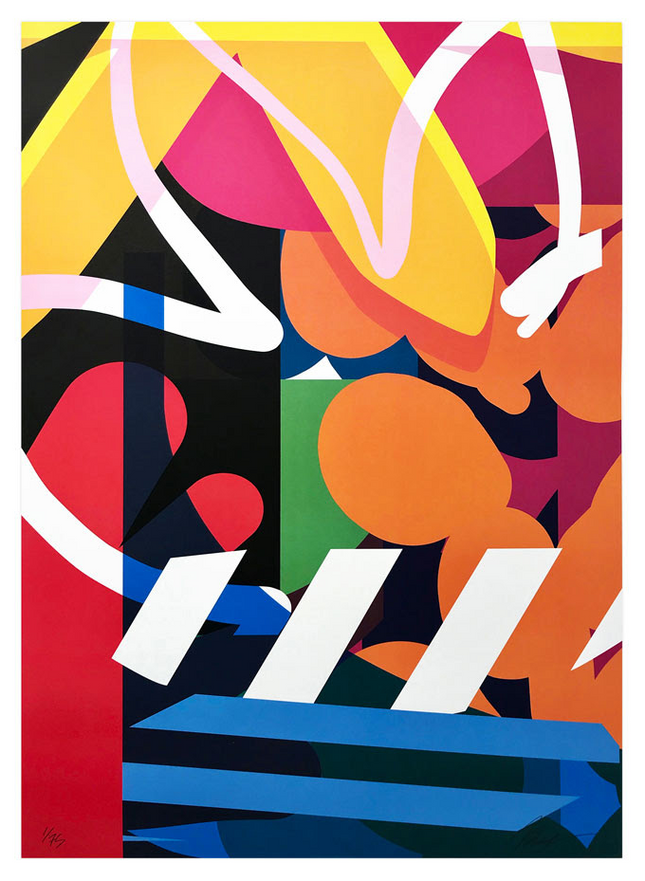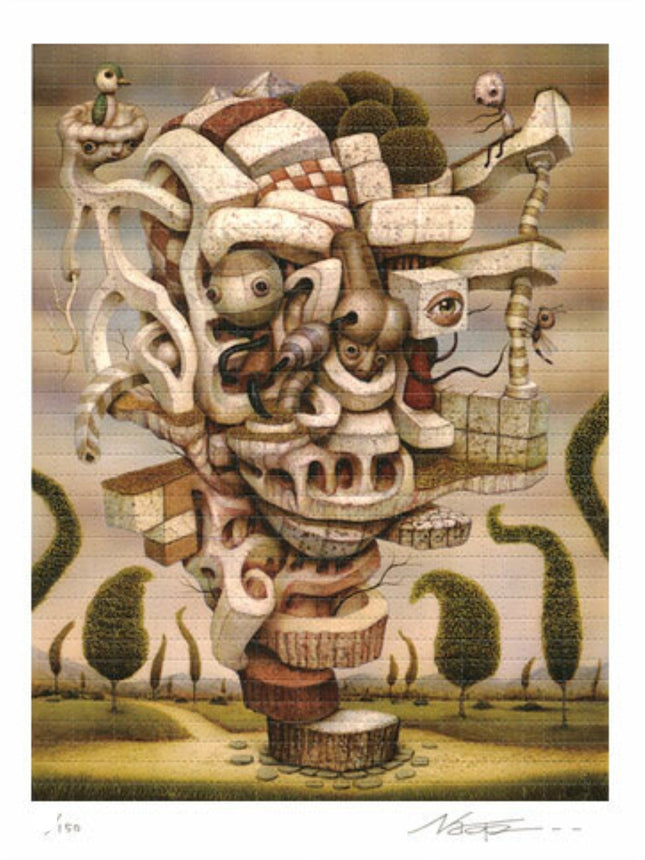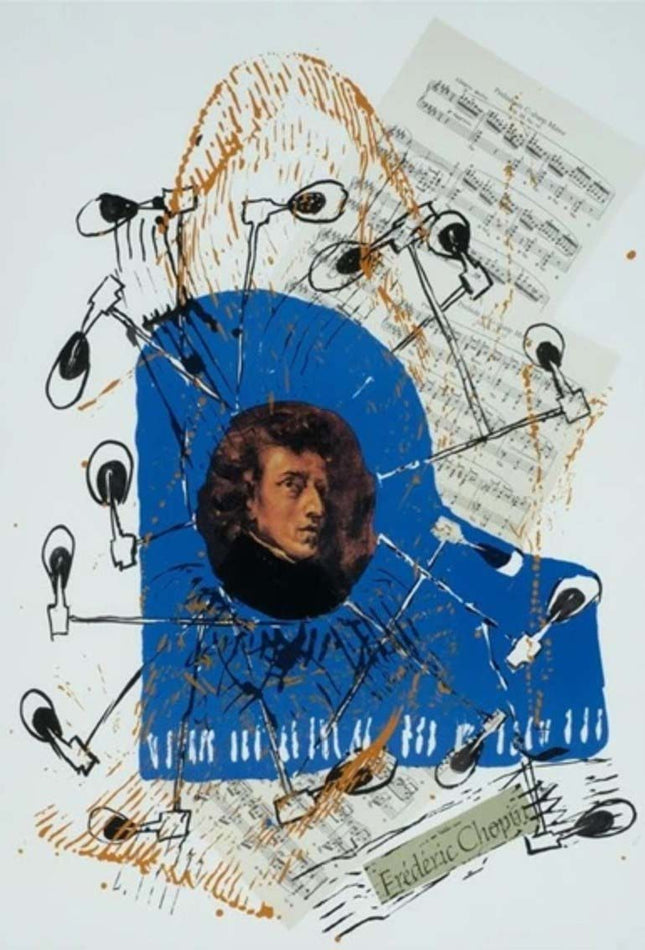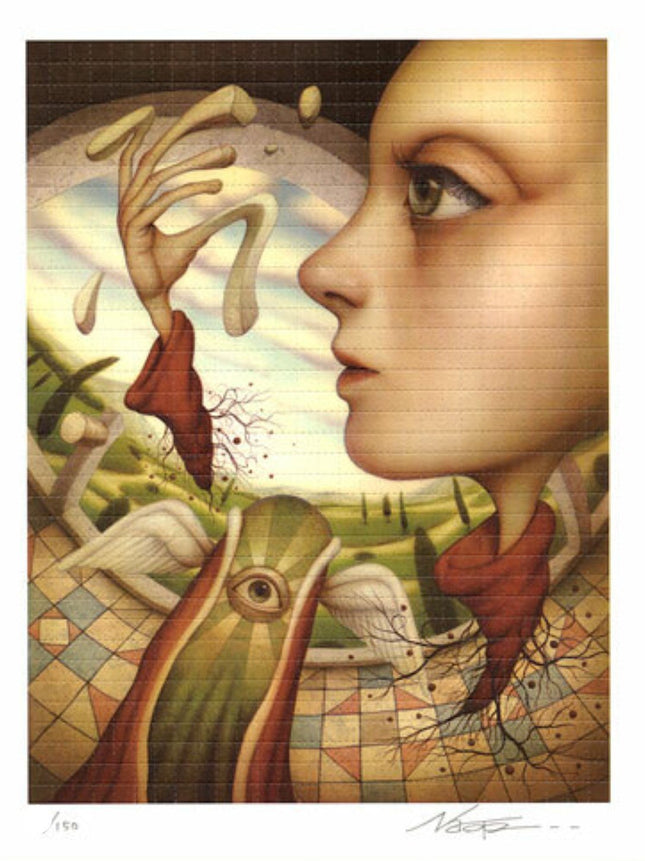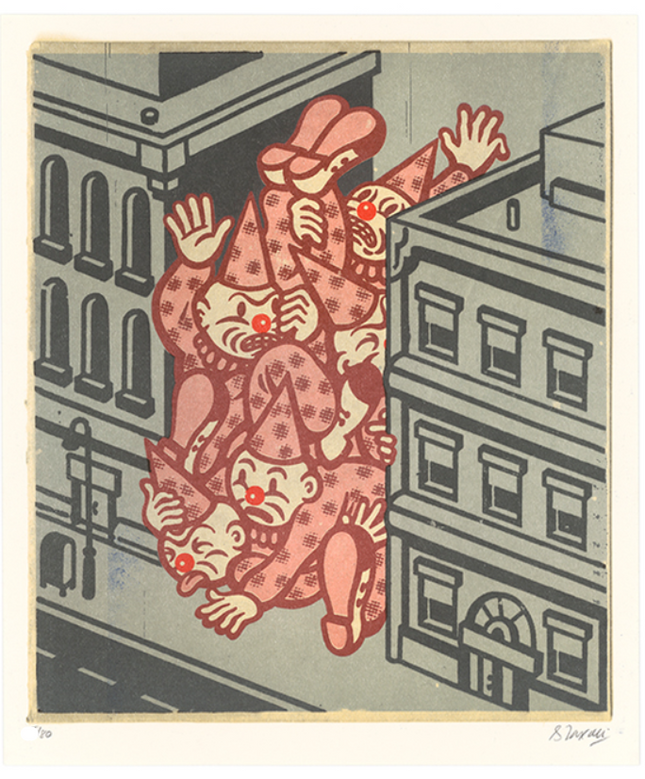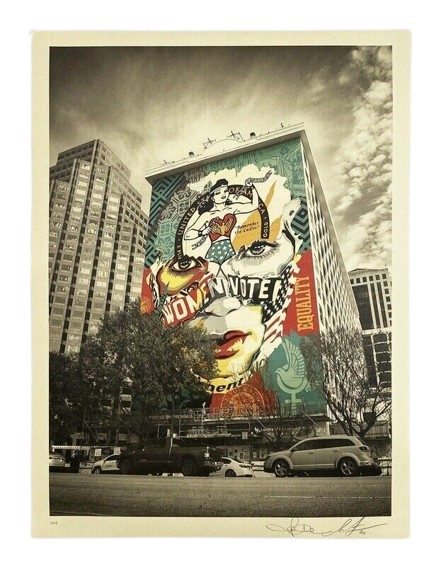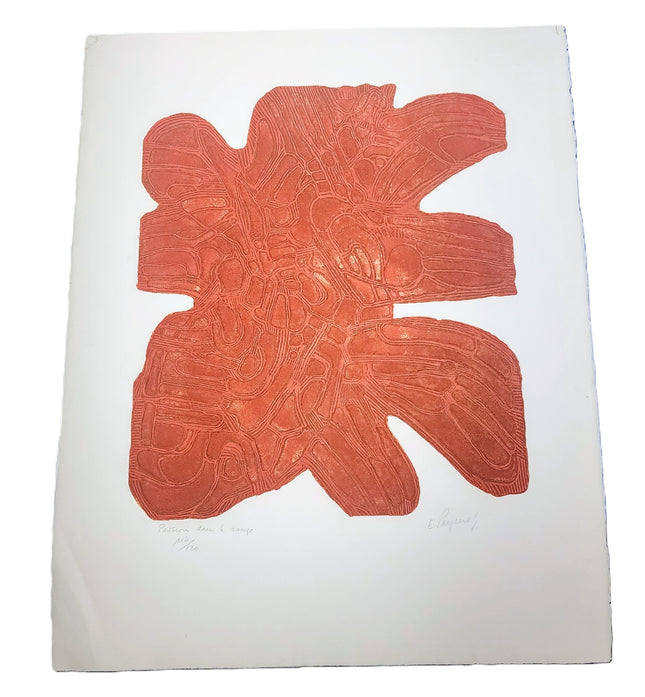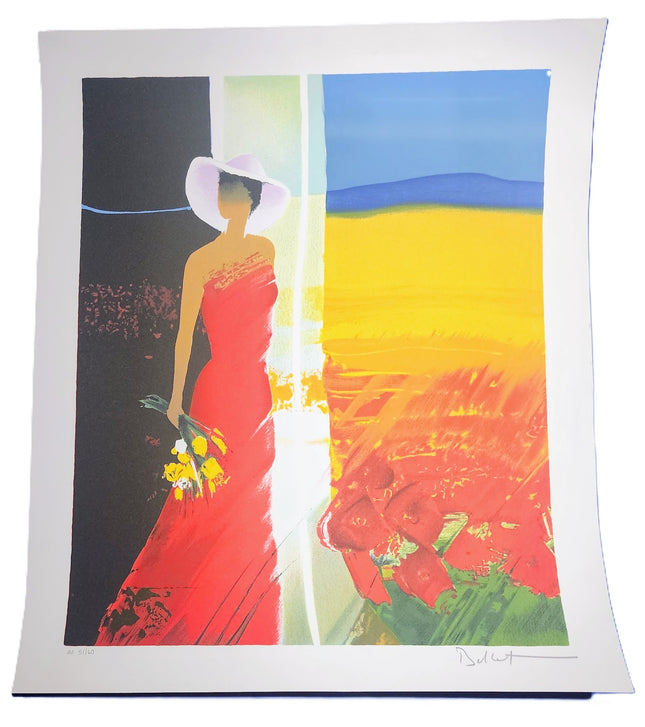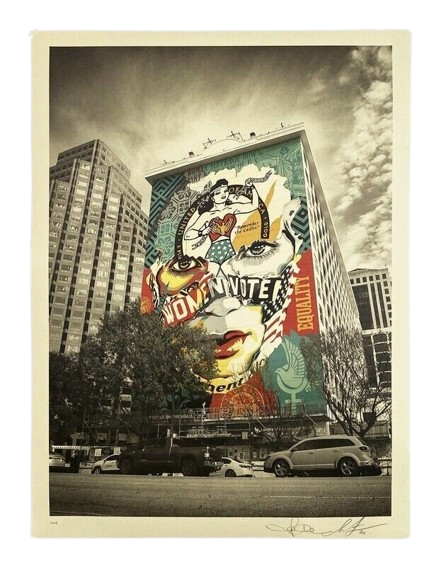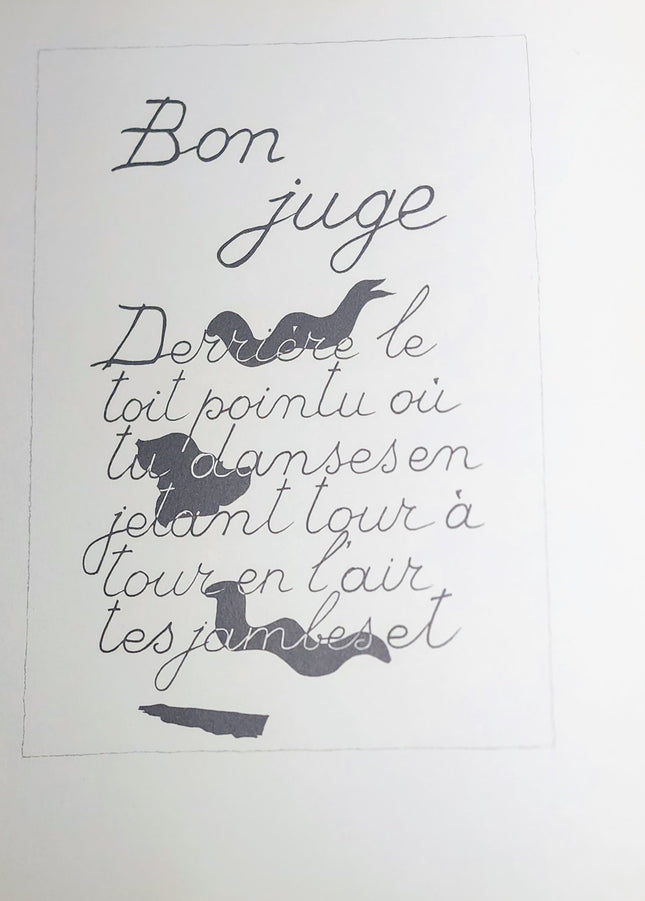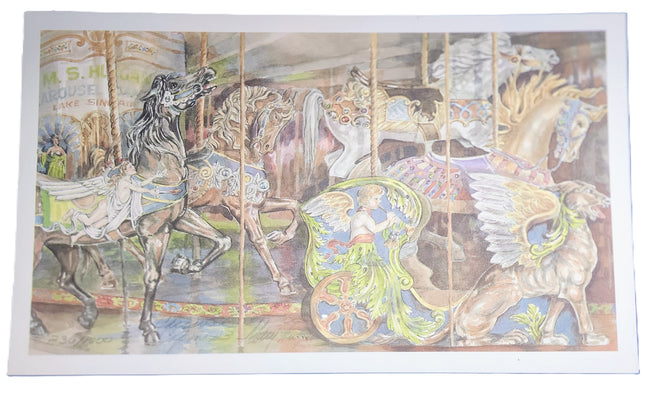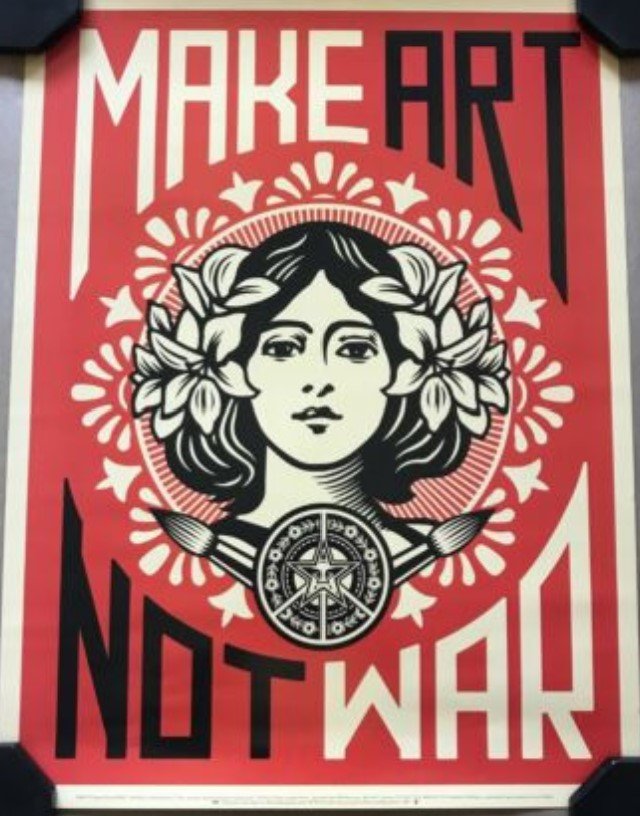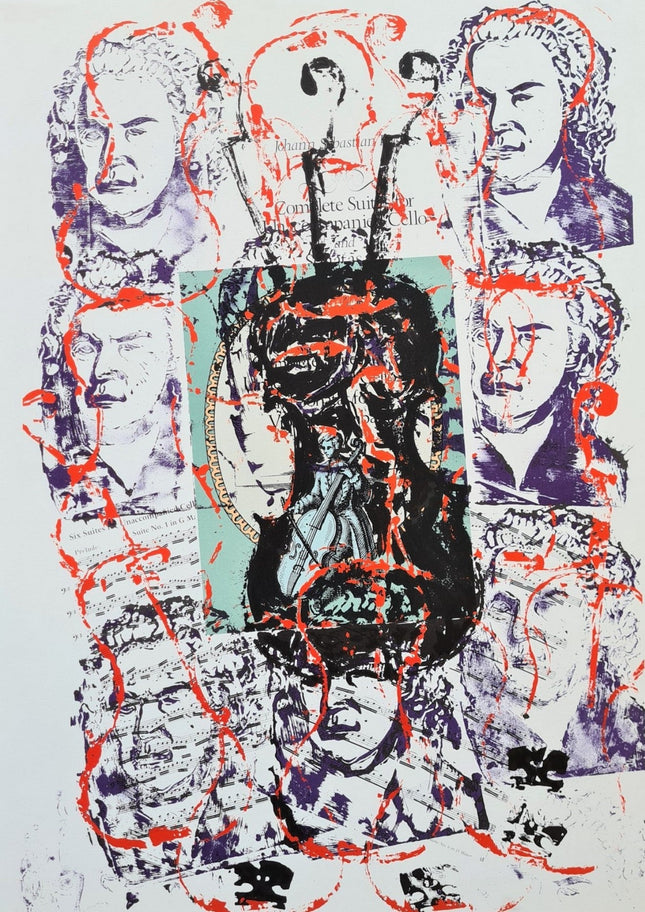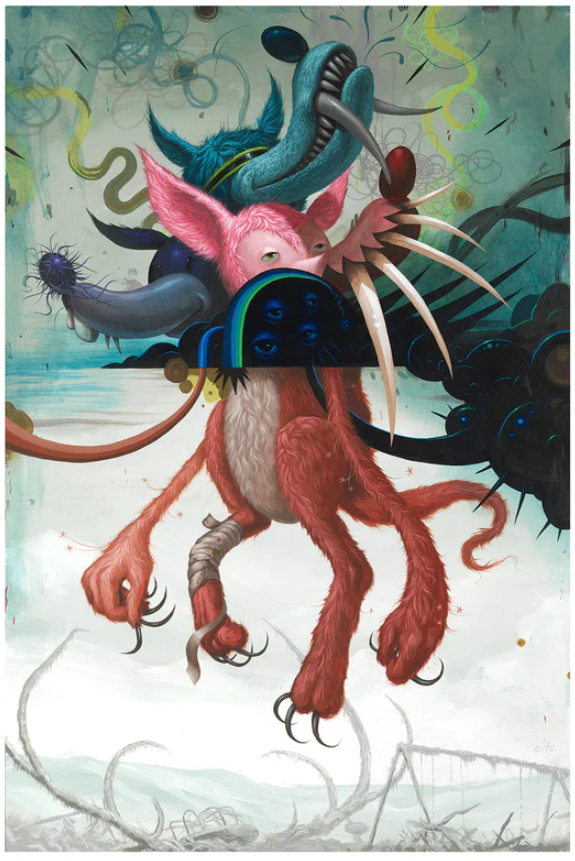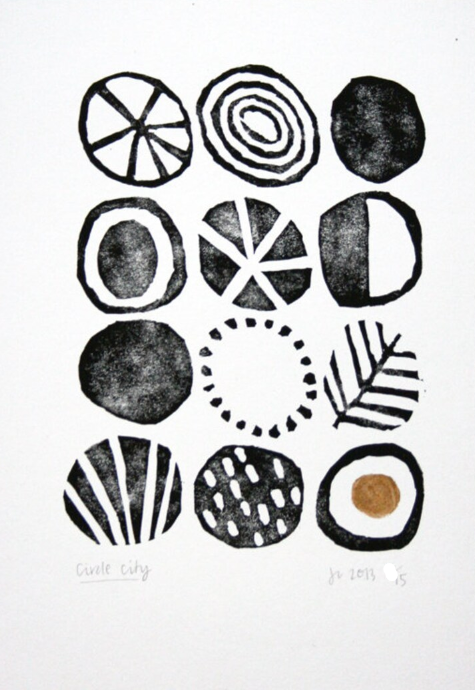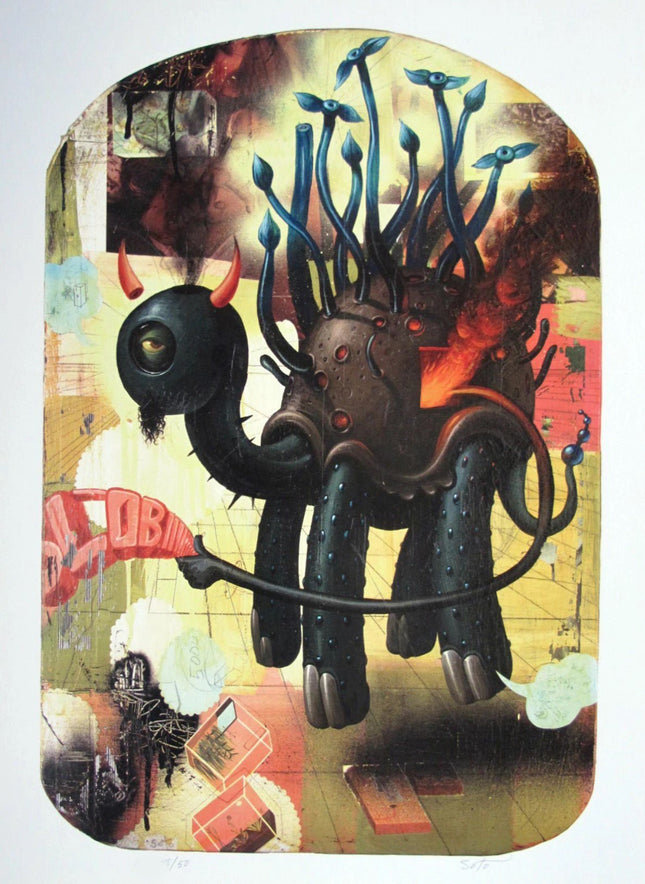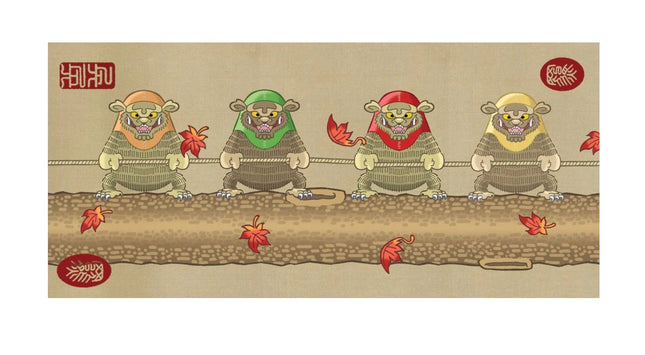Jellyfish Eyes Black 2 Lithograph Print by Takashi Murakami TM/KK Hand-Pulled Print on Wove Fine Art Paper Limited Edition Graffiti Street Pop Artwork.
2004 Signed & Numbered Limited Edition of 300 Artwork Size 19.75x19.75. Comes Framed in 2 Frame Styles, Modern Blck Frame Size 22x22, Beige Matte Frame Size 28.75x28.75
Jellyfish Eyes Black 2 by Takashi Murakami – Floating Optics in Street Pop Art & Graffiti Artwork
Takashi Murakami’s 2004 lithograph Jellyfish Eyes Black 2 stands as a vibrant continuation of his exploration into recurring motifs of vision, surveillance, and playful abstraction. Measuring 19.75 x 19.75 inches, the print is part of a signed and numbered limited edition of 300, released under the TM/KK imprint. Executed on fine wove art paper, the composition features a constellation of color-saturated, stylized eyes that hover and merge across a velvety black field. The piece is available in two distinct presentation options—modern black frame at 22 x 22 inches, and an elegantly soft beige matte frame at 28.75 x 28.75 inches—each emphasizing the spatial fluidity of Murakami’s floating forms. In the context of Street Pop Art & Graffiti Artwork, this piece emerges as both a study in surface aesthetics and a philosophical meditation on perception and presence.
Murakami’s Animated Language of Form
The visual structure of Jellyfish Eyes Black 2 builds upon the iconography of its predecessor, deploying a series of floating eyeball-like entities that fuse pop animation with organic drift. Set against a deep black background, the circular forms appear to pulse and glow, shifting subtly in tone and layering. Each figure is constructed with concentric rings of bold color—lime greens, blush pinks, scarlets, turquoise, ochres—punctuated with lashes, droplets, and slight distortions. The connective tissue that flows between the eyes resembles both mycelium and neural pathways, suggesting a symbiotic or collective intelligence. Within the lexicon of Street Pop Art & Graffiti Artwork, this mapping of interlinked optics translates as a metaphor for social networks, media vision, and collective consciousness. Murakami’s abstraction is not random; it is tightly ordered chaos, echoing both Japanese folklore and cybernetic futurism.
Optical Play and the Superflat Aesthetic
True to Murakami’s Superflat manifesto, Jellyfish Eyes Black 2 rejects the illusion of spatial depth while simultaneously creating tension and layering. The eyes are rendered in a graphic, poster-like style, referencing both commercial design and the techniques of Japanese anime and manga. The lithographic medium allows for pristine color reproduction, retaining Murakami’s digital sharpness and uniform flatness. This results in a visual experience where each element competes equally for attention, much like signage in urban space or characters in graffiti murals. The framing options further influence viewer reception—one suggesting sleek modernity and the other a nostalgic museum-grade presentation. Both emphasize the contrast between high-end collectibility and subcultural rawness.
Eyes as Agents of Identity and Control
In Jellyfish Eyes Black 2, the floating eyes are both whimsical and menacing. They call to mind not only the innocence of animated characters but the omnipresence of surveillance and digital observation. Murakami leverages the symbol of the eye to reflect the watching, documenting, self-aware nature of modern identity. The multiplicity of eyes within the same space speaks to fragmentation, overload, and an inability to escape the gaze—whether from others, institutions, or ourselves. In the realm of Street Pop Art & Graffiti Artwork, eyes often appear as markers of territory, vision, and spiritual assertion. Here, they become avatars of psychological atmosphere.
Takashi Murakami’s Enduring Influence in Global Pop Visual Culture
Takashi Murakami continues to serve as one of the most influential artists at the intersection of commercial design, conceptual painting, and urban culture. His approach unites Japanese Edo traditions with the immediacy of contemporary visual storytelling. Jellyfish Eyes Black 2 is emblematic of this approach—deceptively simple, richly layered, and hauntingly joyous. It occupies a space where traditional craftsmanship meets hyper-modern aesthetics, and where personal mythologies intermingle with digital consumer culture. The piece is not merely collectible—it is a portal into a stylized cosmos of symbolic resonance, humor, and introspection, rendered in flawless print form for the language of the street and the gallery alike.
Read
more
less

